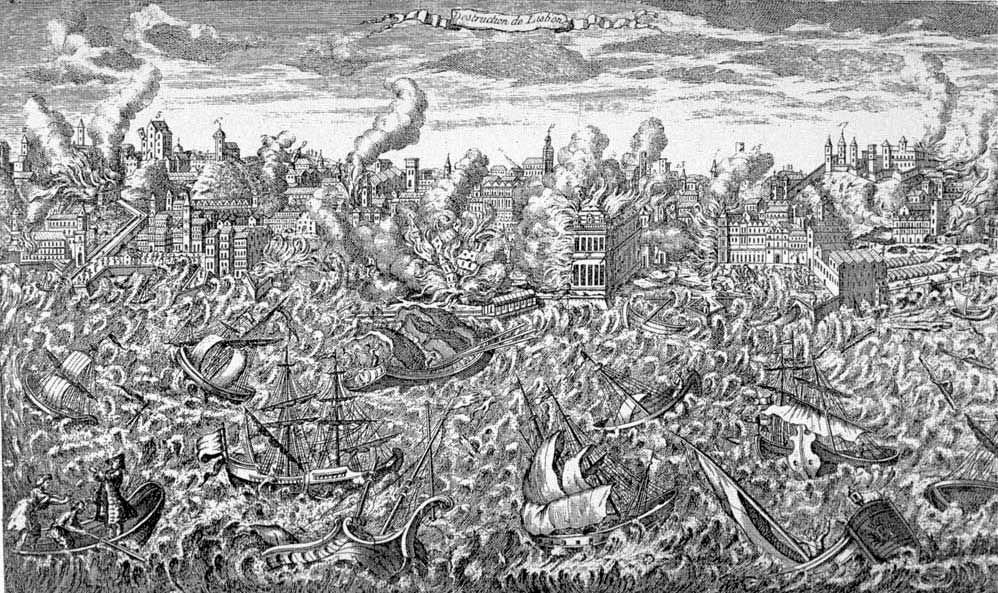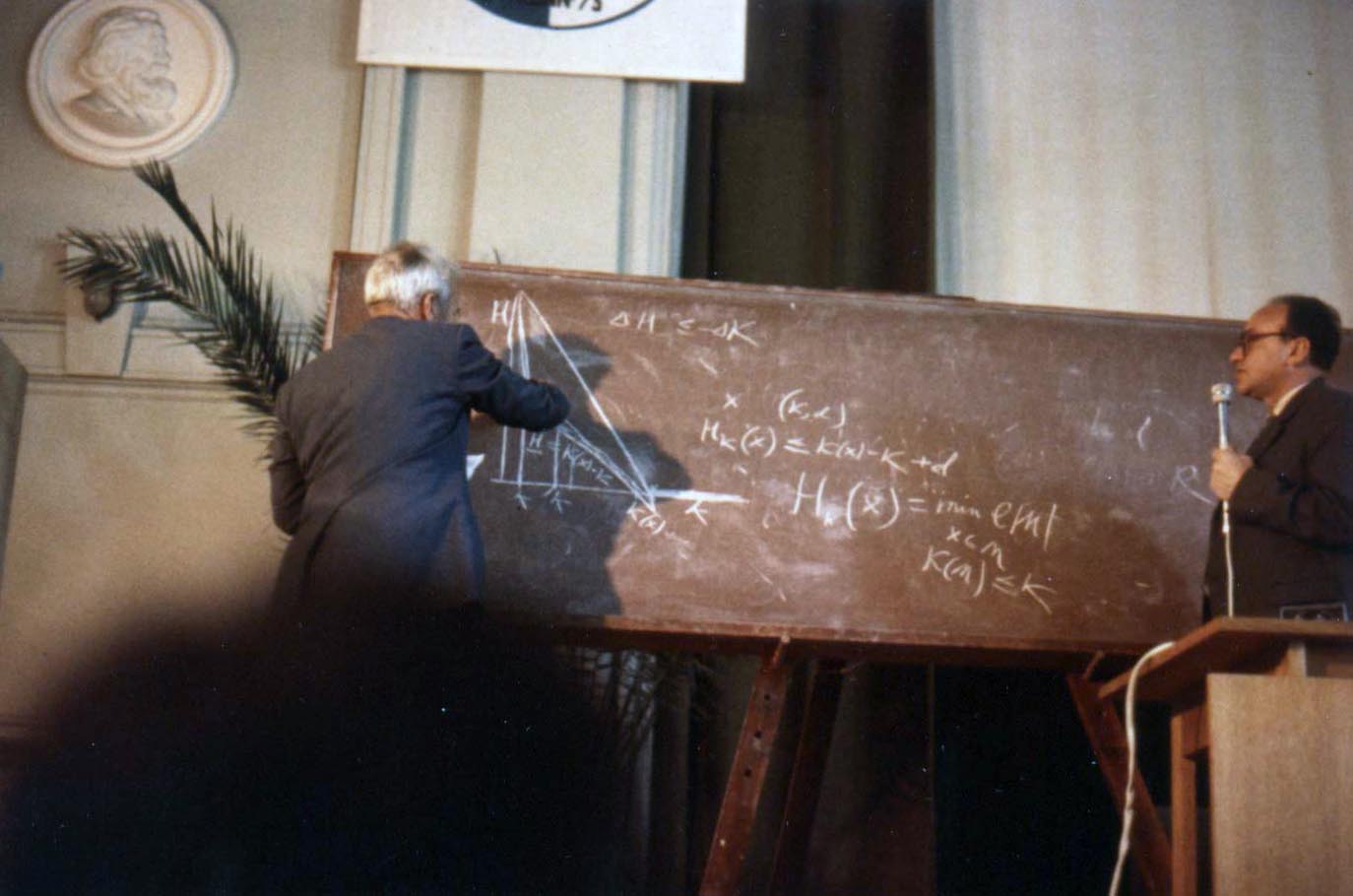|
Gnedenko
Boris Vladimirovich Gnedenko (; January 1, 1912 – December 27, 1995) was a Soviet mathematician and a student of Andrey Kolmogorov. He was born in Simbirsk (now Ulyanovsk), Russia, and died in Moscow. He is perhaps best known for his work with Kolmogorov, and his contributions to the study of probability theory, particularly extreme value theory, with such results as the Fisher–Tippett–Gnedenko theorem. Gnedenko was appointed as Head of the Physics, Mathematics and Chemistry Section of the Ukrainian Academy of Sciences in 1949, and became Director of the NASU Institute of Mathematics The Institute of Mathematics of the National Academy of Sciences of Ukraine () is a government-owned research institute in Ukraine that carries out basic research and trains highly qualified professionals in the field of mathematics. It was founded ... in 1955. Gnedenko was a leading member of the Russian school of probability theory and statistics. He also worked on applications of statistics ... [...More Info...] [...Related Items...] OR: [Wikipedia] [Google] [Baidu] |
Extreme Value Theory
Extreme value theory or extreme value analysis (EVA) is the study of extremes in statistical distributions. It is widely used in many disciplines, such as structural engineering, finance, economics, earth sciences, traffic prediction, and Engineering geology, geological engineering. For example, EVA might be used in the field of hydrology to estimate the probability of an unusually large flooding event, such as the 100-year flood. Similarly, for the design of a breakwater (structure), breakwater, a coastal engineer would seek to estimate the 50 year wave and design the structure accordingly. Data analysis Two main approaches exist for practical extreme value analysis. The first method relies on deriving block maxima (minima) series as a preliminary step. In many situations it is customary and convenient to extract the annual maxima (minima), generating an ''annual maxima series'' (AMS). The second method relies on extracting, from a continuous record, the peak values reac ... [...More Info...] [...Related Items...] OR: [Wikipedia] [Google] [Baidu] |
Fisher–Tippett–Gnedenko Theorem
In statistics, the Fisher–Tippett–Gnedenko theorem (also the Fisher–Tippett theorem or the extreme value theorem) is a general result in extreme value theory regarding asymptotic distribution of extreme order statistics. The maximum of a sample of iid random variables after proper renormalization can only converge in distribution to one of three possible distribution families: the Gumbel distribution, the Fréchet distribution, or the Weibull distribution. Credit for the extreme value theorem and its convergence details are given to Fréchet (1927), Fisher and Tippett (1928), Mises (1936), and Gnedenko (1943). The role of the extremal types theorem for maxima is similar to that of central limit theorem for averages, except that the central limit theorem applies to the average of a sample from any distribution with finite variance, while the Fisher–Tippet–Gnedenko theorem only states that ''if'' the distribution of a normalized maximum converges, ''then'' the limi ... [...More Info...] [...Related Items...] OR: [Wikipedia] [Google] [Baidu] |
Andrey Kolmogorov
Andrey Nikolaevich Kolmogorov ( rus, Андре́й Никола́евич Колмого́ров, p=ɐnˈdrʲej nʲɪkɐˈlajɪvʲɪtɕ kəlmɐˈɡorəf, a=Ru-Andrey Nikolaevich Kolmogorov.ogg, 25 April 1903 – 20 October 1987) was a Soviet mathematician who played a central role in the creation of modern probability theory. He also contributed to the mathematics of topology, intuitionistic logic, turbulence, classical mechanics, algorithmic information theory and Analysis of algorithms, computational complexity. Biography Early life Andrey Kolmogorov was born in Tambov, about 500 kilometers southeast of Moscow, in 1903. His unmarried mother, Maria Yakovlevna Kolmogorova, died giving birth to him. Andrey was raised by two of his aunts in Tunoshna (near Yaroslavl) at the estate of his grandfather, a well-to-do Russian nobility, nobleman. Little is known about Andrey's father. He was supposedly named Nikolai Matveyevich Katayev and had been an Agronomy, agronomist. Katayev ha ... [...More Info...] [...Related Items...] OR: [Wikipedia] [Google] [Baidu] |
NASU Institute Of Mathematics
The Institute of Mathematics of the National Academy of Sciences of Ukraine () is a government-owned research institute in Ukraine that carries out basic research and trains highly qualified professionals in the field of mathematics. It was founded on 13 February 1934. The Institute is located in Tereschenkivska street 3 in Kyiv. The same building also housed the academic publisher Naukova Dumka until December 2024, when its activities were moved to publishing house Akademperiodyka across the street. Notable research results The perturbation theory of toroidal invariant manifolds of dynamical systems was developed here by academician Nikolay Bogolyubov, M. M. Bogolyubov, Yurii Mitropolskiy, Yu. O. Mitropolsky, academician of the National Academy of Sciences of Ukraine, NAS of Ukraine and the Russian Academy of Sciences, and Anatoly Samoilenko, A. M. Samoilenko, academician of the NAS of Ukraine. The theory's methods are used to investigate oscillation processes in broad classes of a ... [...More Info...] [...Related Items...] OR: [Wikipedia] [Google] [Baidu] |
List Of International Congresses Of Mathematicians Plenary And Invited Speakers
This is a list of International Congresses of Mathematicians Plenary and Invited Speakers. Being invited to talk at an International Congress of Mathematicians has been called "the equivalent, in this community, of an induction to a hall of fame." The current list of Plenary and Invited Speakers presented here is based on the ICM's post-WW II terminology, in which the one-hour speakers in the morning sessions are called "Plenary Speakers" and the other speakers (in the afternoon sessions) whose talks are included in the ICM published proceedings are called "Invited Speakers". In the pre-WW II congresses the Plenary Speakers were called "Invited Speakers". By congress year 1897, Zürich *Jules Andrade *Léon Autonne *Émile Borel *Nikolai Bugaev *Francesco Brioschi *Hermann Brunn *Cesare Burali-Forti *Charles Jean de la Vallée Poussin *Gustaf Eneström *Federigo Enriques *Gino Fano *Zoel García de Galdeano *Francesco Gerbaldi *Paul Gordan *Jacques Hadamard *Adolf Hurwitz *Felix ... [...More Info...] [...Related Items...] OR: [Wikipedia] [Google] [Baidu] |
Saratov State University
Saratov Chernyshevsky State University (, СГУ, transcribed as SGU) is a higher education and research institution in Russia. In 2023 it was ranked #1,156 in the world by ''US News & World Report''. Named for Nikolay Chernyshevsky, the university was founded in 1909 under the name Imperial Saratov University by the Decree of Emperor Nicholas II. On June 10, 1909, the Emperor signed the "Decree on the foundation of the university in Saratov", which became the tenth University in Russia and consisted of the Medical Faculty only. Professor Vasili Razumovsky, V.I. Razumovsky became the first university rector. He was a public figure, surgeon, and scientist. Construction of university buildings as well as the university clinic named after S.R. Mirotvortsev was carried out under the supervision of Russian architect Karl Hermann Ludwig Müffke. The Regional Institute for Microbiology and Epidemiology in South East Russia opened in the city in 1919. It is located in Saratov, a city ... [...More Info...] [...Related Items...] OR: [Wikipedia] [Google] [Baidu] |
Historians Of Mathematics
The history of mathematics deals with the origin of discoveries in mathematics and the mathematical methods and notation of the past. Before the modern age and the worldwide spread of knowledge, written examples of new mathematical developments have come to light only in a few locales. From 3000 BC the Mesopotamian states of Sumer, Akkad and Assyria, followed closely by Ancient Egypt and the Levantine state of Ebla began using arithmetic, algebra and geometry for purposes of taxation, commerce, trade and also in the field of astronomy to record time and formulate calendars. The earliest mathematical texts available are from Mesopotamia and Egypt – ''Plimpton 322'' ( Babylonian – 1900 BC),Friberg, J. (1981). "Methods and traditions of Babylonian mathematics. Plimpton 322, Pythagorean triples, and the Babylonian triangle parameter equations", ''Historia Mathematica'', 8, pp. 277–318. the ''Rhind Mathematical Papyrus'' (Egyptian c. 1800 BC) Chap. IV "Egyptian Mathematics and ... [...More Info...] [...Related Items...] OR: [Wikipedia] [Google] [Baidu] |
Soviet Mathematicians
This list of Russian mathematicians includes the famous mathematicians from the Russian Empire, the Soviet Union and the Russian Federation. Alphabetical list __NOTOC__ A *Georgy Adelson-Velsky, inventor of AVL tree algorithm, developer of Kaissa, the first world computer chess champion *Sergei Adian, known for his work in group theory, especially on the Burnside problem *Aleksandr Danilovich Aleksandrov, Aleksandr Aleksandrov, developer of CAT(k) space and Alexandrov's uniqueness theorem in geometry *Pavel Alexandrov, author of the Alexandroff compactification and the Alexandrov topology *Dmitri Anosov, developed Anosov diffeomorphism *Vladimir Arnold, an author of the Kolmogorov–Arnold–Moser theorem in dynamical systems, solved Hilbert's 13th problem, raised the ADE classification and Arnold's rouble problems B *Alexander Beilinson, influential mathematician in representation theory, algebraic geometry and mathematical physics *Sergey Bernstein, developed the Bernstein p ... [...More Info...] [...Related Items...] OR: [Wikipedia] [Google] [Baidu] |
Members Of The National Academy Of Sciences Of Ukraine
Member may refer to: * Military jury, referred to as "Members" in military jargon * Element (mathematics), an object that belongs to a mathematical set * In object-oriented programming, a member of a class ** Field (computer science), entries in a database ** Member variable, a variable that is associated with a specific object * Limb (anatomy), an appendage of the human or animal body ** Euphemism for penis * Structural component of a truss, connected by nodes * User (computing), a person making use of a computing service, especially on the Internet * Member (geology), a component of a geological formation * Member of parliament * The Members, a British punk rock band * Meronymy, a semantic relationship in linguistics * Church membership, belonging to a local Christian congregation, a Christian denomination and the universal Church * Member, a participant in a club or learned society A learned society ( ; also scholarly, intellectual, or academic society) is an organizatio ... [...More Info...] [...Related Items...] OR: [Wikipedia] [Google] [Baidu] |




